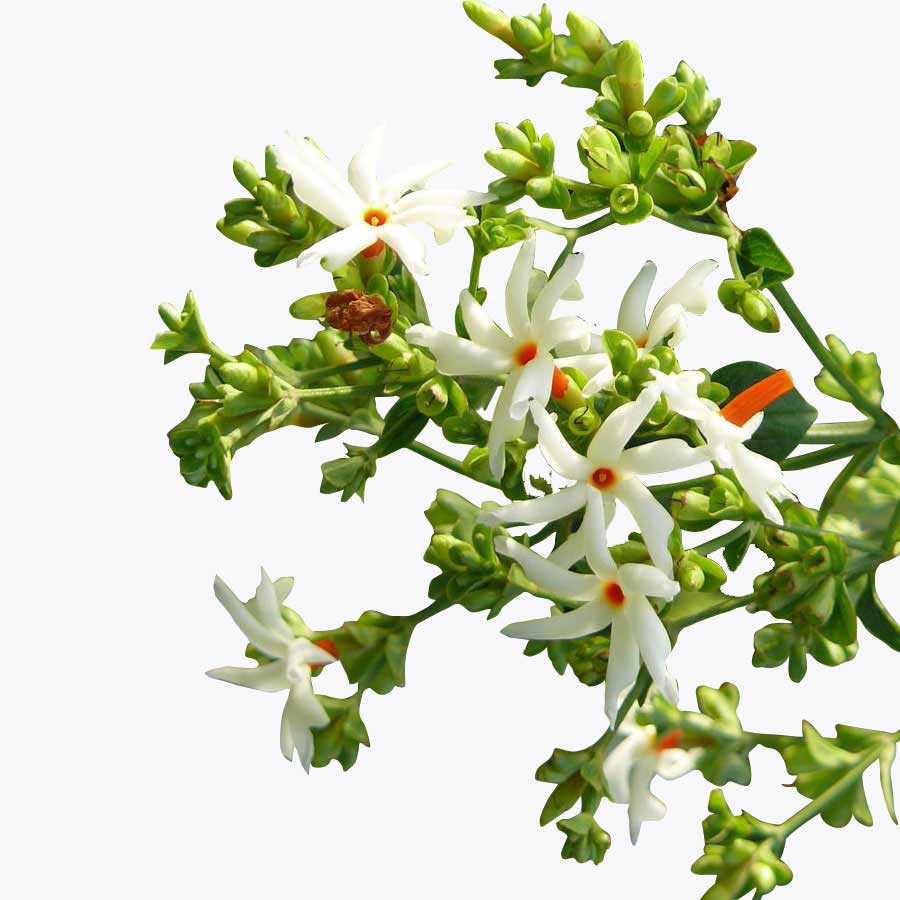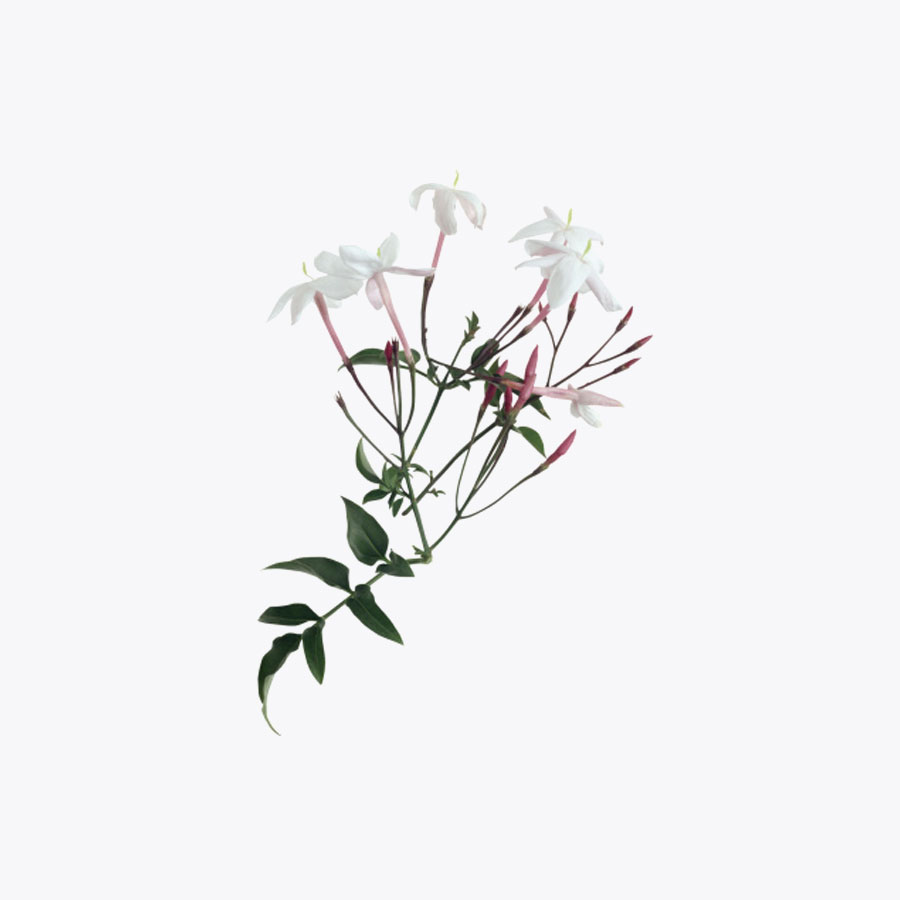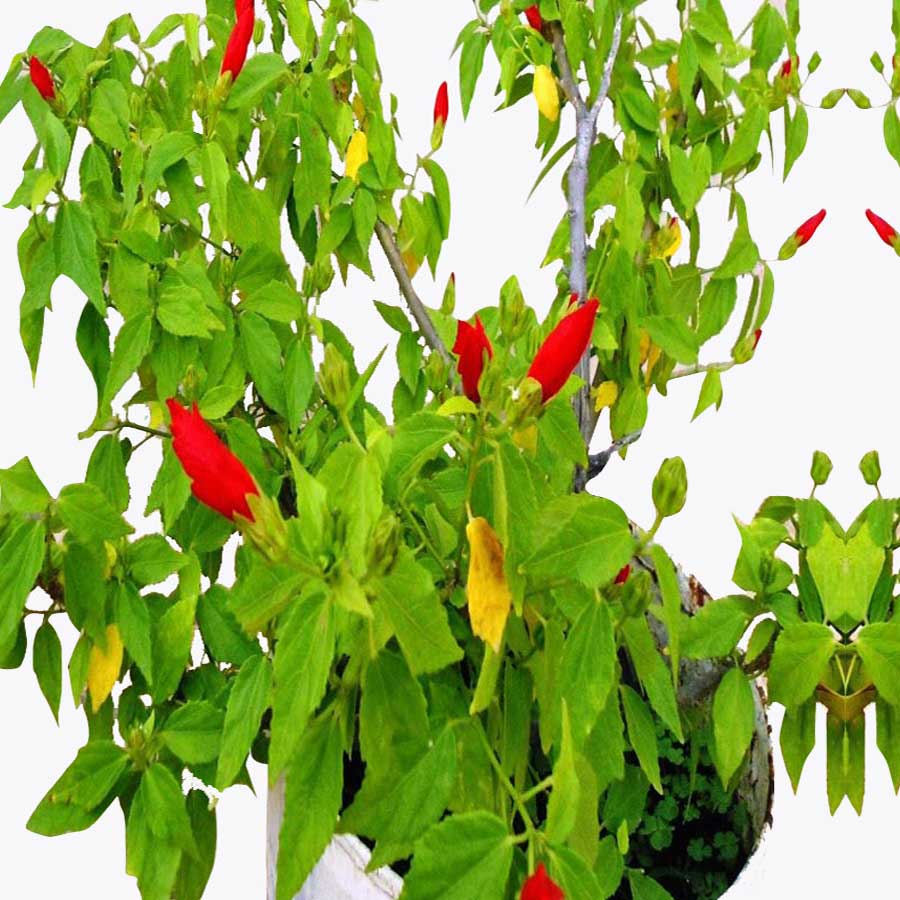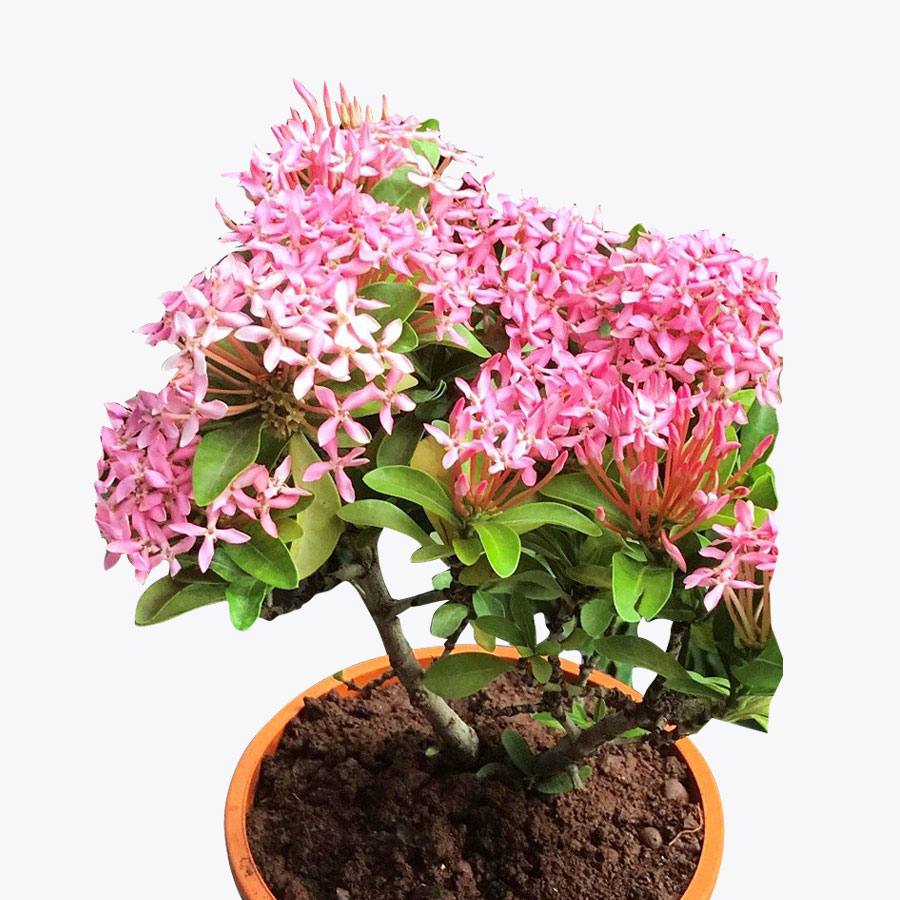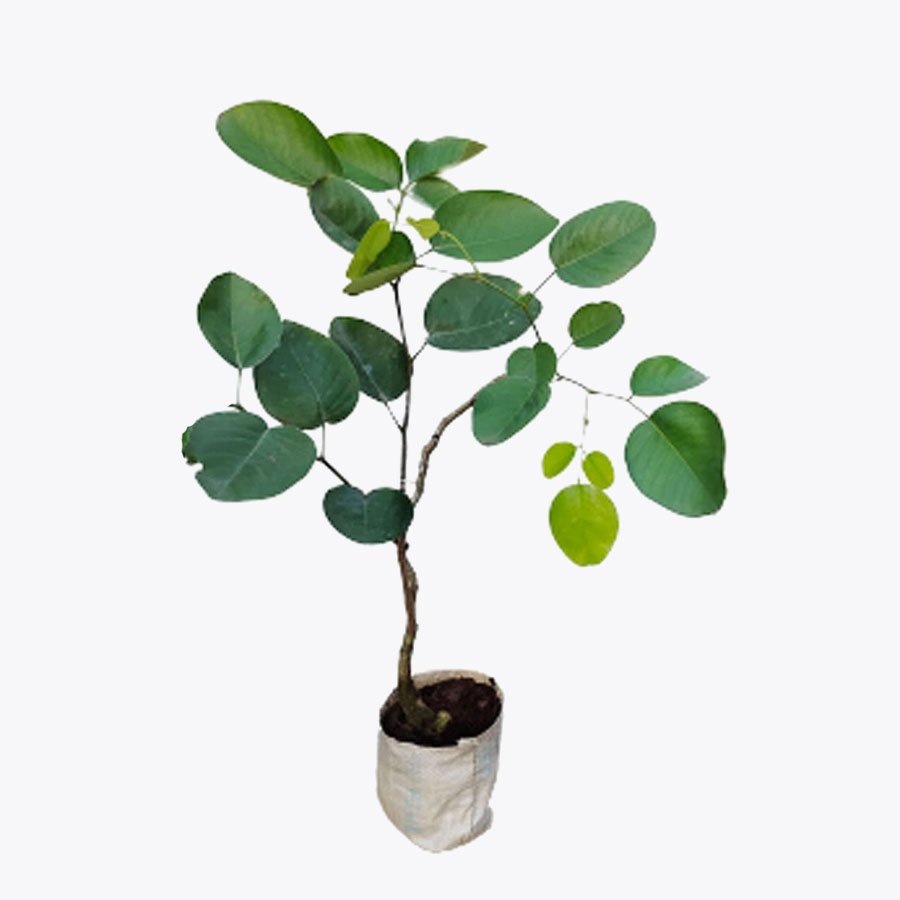About Parijhatam
Parijata (Nyctanthus arbortristis Linn.) commonly known as night
jasmine, a wonderful plant is described in Ayurveda with it’s enormous
medicinal value. It is mostly found in sub tropical Himalayas of Nepal and
southern parts of India and widely cultivated in tropical and sub-tropical
regions in all over the world. Other than Parijata it is popularly known as Har-shinghar.
Different parts of this plant are used for various medical purposes. It’s
leaves have broad spectrum medicinal use such as anti- bacterial,
anti-inflammatory, anti-pyretic and anti-helmentic effect. The descriptions of
habitat, morphology, etymology, traditional pharmacology, therapeutic use etc.
are richly found in Ayurvedic literatures. Scientific classification, family
and genus characters, vernacular names, habitat and habit, ethno-botanical use,
pharmacological activities, chemical constituents, cultivation and propagation
etc. are also described in this literary study. Authors are hopeful, the
article will help the researchers of Ayurveda as well as in other field of
bio-medical sciences to explore more about the said plant for the benefit of
society.
Plant Specifications
|
Plant Height |
24 inch |
|
Plant Spread |
6 inch |
*Above specification are indicative
only. Actual dimensions may slightly differ
|
Common Name |
Parijhatam |
|
Maximum
Reachable Height |
2-3 M |
|
Compatability |
Can be grown on Terrace & Ground |
|
Bloom Time |
All Time |
|
Pot Size |
Min 12” width x 14” height |
|
Sunlight |
More than 6 hours of direct bright sunlight a day
is ideal for plant. |
|
Watering |
Before water poke your finger/plain small stick
into the soil to check the moisture. Water when top soil (1-2 inches) feels dry to
touch. Water thoroughly in the summer and reduce
watering in winter and rainy season. |
|
Soil |
The soil should be well drained and fertile, rich
in organic content for growing plant. |
|
Fertilizer |
During the main g rowing season (June-July) feed
the plant with organic fertilizer. |

